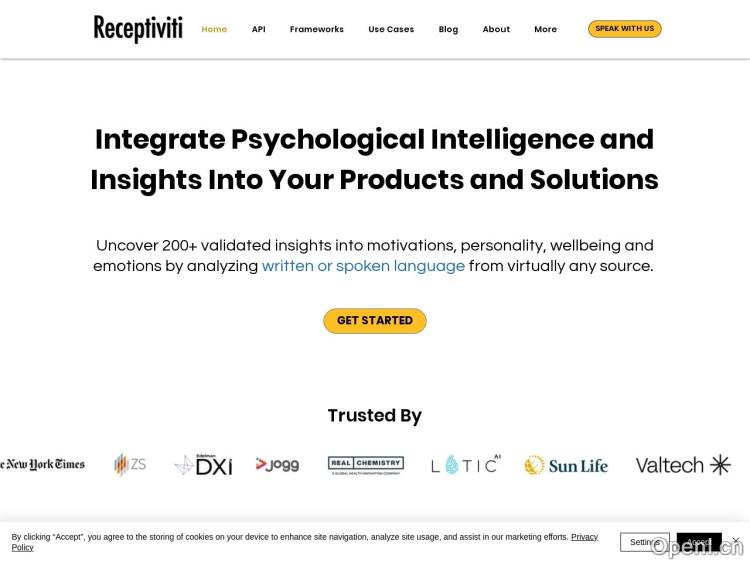
How Do I Compare Funded Trading Programs? Your Handy Guide to Making Smarter Choices
Ever found yourself staring at a sea of funded trading programs, wondering which one truly stands out? With so many options promising to turn your trading skills into real capital, it’s easy to feel overwhelmed or even suspicious. Choosing the right program isn’t just about signing up for the biggest payout or the flashiest promises—it’s about finding a setup that fits your style, goals, and risk appetite. Think of it like comparing different automobiles: you wouldn’t pick a racing car if you’re looking for reliability and fuel efficiency. The same goes for trading programs. Knowing how to evaluate and compare them can make a massive difference in your trading journey.
What Are Funded Trading Programs Actually Offering?
Funded trading programs have become a game-changer in the trading world. They provide traders with the chance to manage real capital without risking their own savings. These programs typically operate by setting performance targets—profit benchmarks, drawdown limits, and trading rules—and, once passed, they allow traders to access significant capital. Many big names now operate similar to what’s called ‘prop trading firms,’ but with more flexibility, often online and in a variety of asset classes, like forex, stocks, crypto, indices, commodities, and options.
Imagine a trader who crushes the demo phase but doesn’t have enough capital to go big; funded programs level the playing field by giving these traders access to real money based on their results. Some programs focus heavily on education and mentorship, while others might emphasize speed, agility, or strict risk management. It’s a new way to trade, blending individual skill with institutional backing.
Key Features to Know When Comparing Programs
Flexibility in Asset Trading
Does the program support trading across multiple asset classes? The ones that allow diversification—whether it’s forex in the morning, stocks in the afternoon, and crypto in the evening—are often more adaptable to your style and market conditions. For example, if you’re someone who’s already comfortable juggling different markets, a program that allows multi-asset trading might suit you best.
Evaluation & Performance Metrics
Most programs use a performance-based evaluation process—think of it as a trader’s entrance exam. They’ll look at your ability to hit profit targets without breaching risk rules. Some programs set strict thresholds, like a fast-paced day trading style, while others might give you more room to breathe. Understanding their evaluation criteria can help you plan your approach and see if your trading style aligns.
Cost and Fees
Keep an eye on the fine print. Some programs charge upfront fees, while others only take a cut of your profits. Often, the best programs are transparent about their pricing, so be cautious if something seems overly complicated or hidden. Remember, the goal is to partner in success—not just pay for failure.
Risk Management Rules
Different programs impose different risk parameters—max drawdowns, daily loss limits, etc. A solid program will have clear, enforceable rules designed to protect both you and the capital provider. The smartest traders figure out these limits early and tailor their strategies to stay within bounds.
Payout & Profit Sharing Models
How and when you get paid matters. Some programs offer weekly payouts, while others accumulate profits until you hit a certain threshold. Look for programs with fair, consistent payout schedules that match your cash flow needs. Be wary of programs with complex or opaque profit-sharing structures—they can trip you up when you least expect.
The Future of Prop Trading and Funded Programs
Prop trading has been evolving fast. Decentralized finance, or DeFi, has started pushing into the space—think of it as the wild west of trading, with pooled assets, smart contracts, and automated strategies. While this opens exciting new possibilities like transparency and liquidity, it also brings challenges: security risks, regulatory uncertainty, and technical complexities.
Looking ahead, the blend of artificial intelligence and machine learning will likely reshape funded trading. Automated AI-driven strategies can adapt to market shifts faster than humans, potentially reducing emotional pitfalls. Smart contracts, which execute trades automatically based on predefined rules, offer transparency and efficiency that traditional setups cant match. That’s the direction, and it’s full of promise for traders who are willing to learn and adapt.
Prop Trading: Opportunities or Pitfalls?
Overall, the prop trading industry is booming, especially as traders look for how to scale their skills beyond demo accounts. For those with a disciplined approach, understanding market fundamentals, and a knack for risk management, funded programs can unlock serious opportunities. Of course, as with all financial ventures, not every program is set up equally, so due diligence is critical. Look for programs with active community support, clear rules, and transparent payouts.
In the end, comparing funded trading programs boils down to understanding your own strengths and risk tolerance. Be realistic, stay informed about industry trends, and find a partner that aligns with your trading style. Remember, the right program isn’t just a stepping stone—it’s a partner that helps you evolve into a more skilled, confident trader.
Thinking of stepping up your game? Explore funded trading programs that fit your style, and turn your trading dreams into reality. Because smart choices today create the successful traders of tomorrow.